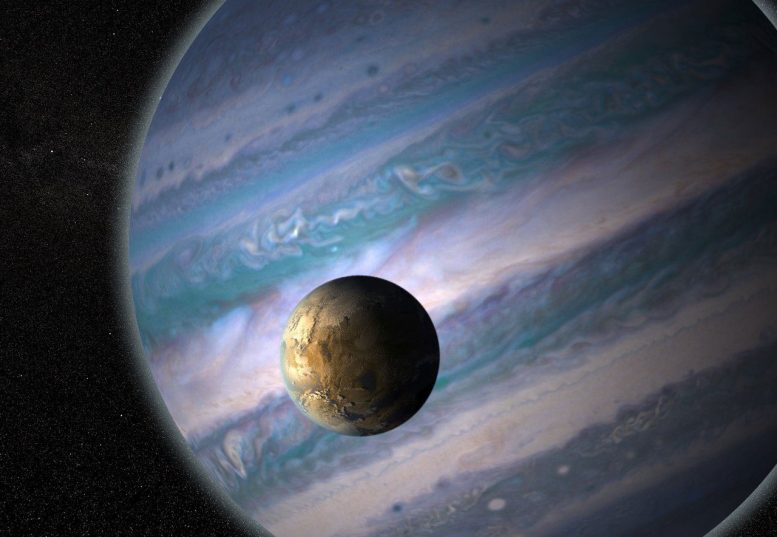
This is an artist’s illustration of a potentially habitable exomoon orbiting a giant planet in a distant solar system. Credit: NASA GSFC: Jay Friedlander and Britt Griswold
We’ve all heard about the search for life on other planets, but what about looking on other moons?
In a paper published Wednesday (June 13) in The Astrophysical Journal, researchers at the University of California, Riverside and the University of Southern Queensland have identified more than 100 giant planets that potentially host moons capable of supporting life. Their work will guide the design of future telescopes that can detect these potential moons and look for tell-tale signs of life, called biosignatures, in their atmospheres.
Since the 2009 launch of NASA’s Kepler telescope, scientists have identified thousands of planets outside our solar system, which are called exoplanets. A primary goal of the Kepler mission is to identify planets that are in the habitable zones of their stars, meaning it’s neither too hot nor too cold for liquid water — and potentially life — to exist.
Terrestrial (rocky) planets are prime targets in the quest to find life because some of them might be geologically and atmospherically similar to Earth. Another place to look is the many gas giants identified during the Kepler mission. While not a candidate for life themselves, Jupiter-like planets in the habitable zone may harbor rocky moons, called exomoons, that could sustain life.
“There are currently 175 known moons orbiting the eight planets in our solar system. While most of these moons orbit Saturn and Jupiter, which are outside the Sun’s habitable zone, that may not be the case in other solar systems,” said Stephen Kane, an associate professor of planetary astrophysics and a member of the UCR’s Alternative Earths Astrobiology Center. “Including rocky exomoons in our search for life in space will greatly expand the places we can look.”
The researchers identified 121 giant planets that have orbits within the habitable zones of their stars. At more than three times the radii of the Earth, these gaseous planets are less common than terrestrial planets, but each is expected to host several large moons.
Scientists have speculated that exomoons might provide a favorable environment for life, perhaps even better than Earth. That’s because they receive energy not only from their star, but also from radiation reflected from their planet. Until now, no exomoons have been confirmed.
“Now that we have created a database of the known giant planets in the habitable zone of their star, observations of the best candidates for hosting potential exomoons will be made to help refine the expected exomoon properties. Our follow-up studies will help inform future telescope design so that we can detect these moons, study their properties, and look for signs of life,” said Michelle Hill, an undergraduate student at the University of Southern Queensland who is working with Kane and will join UCR’s graduate program in the fall.
References: “Exploring Kepler Giant Planets in the Habitable Zone” by Michelle L. Hill, Stephen R. Kane, Eduardo Seperuelo Duarte, Ravi K. Kopparapu, Dawn M. Gelino and Robert A. Wittenmyer, 13 June 2018, The Astrophysical Journal.
DOI: 10.3847/1538-4357/aac384

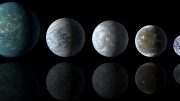
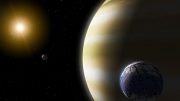
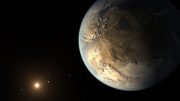
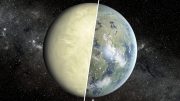
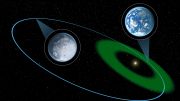
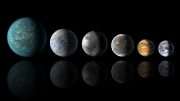
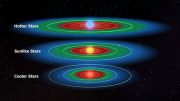
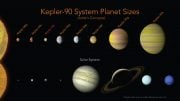
it will be nice if public can have an idea about; how the Astronomers can Identified Moons Capable of Supporting Life by using the methods of spectral signature detection? or; how the methods of spectral signature detection working?
I am extremely disappointed. Your article states, “The researchers identified 121 giant planets that have orbits within the habitable zones of their stars.” and “…each is expected to host several large moons.”
In fact, no moons have been identified at all; they’re just “expected” to be there. Regardless of how reasonable the expectation of the existence of large moons around giant planets in a star’s habitable zone, no moons capable of sustaining life have actually been identified. The exaggeration, or lie, behind the title of this article shows a lack of journalistic integrity that only promotes a growing distrust of science in general in the public. Try reporting the _ungarnished_ truth instead of using ragsheet headlines in a poor attempt to boost your readership.
Shame on you. The SciTechDaily website is supposed to be better than this.
Speculation is what fuels the imagination…great ideas have come from dreaming about possibilities. I commend the author on her insightful vision.
So basically you now use clickbait titles just like gossip trash magazines? And you are supposed to be a science medium. From where do you hire your writers? The Cosmopolitan? And who greenlits these clickbait titles? Do you people even have an editor? Why is he getting paid?
it will be nice if public can have an idea about; how the Astronomers can Identified Moons Capable of Supporting Life by using the methods of spectral signature detection? or; how the methods of spectral signature detection working?